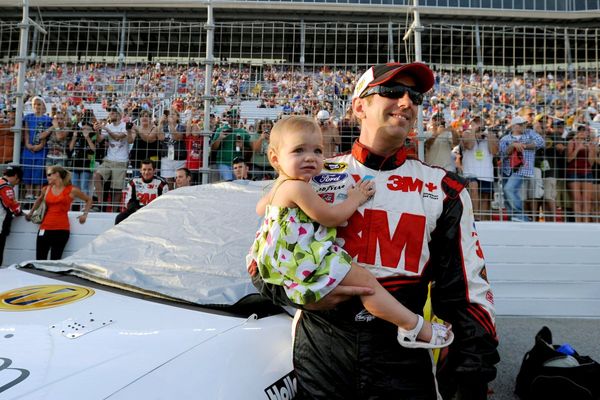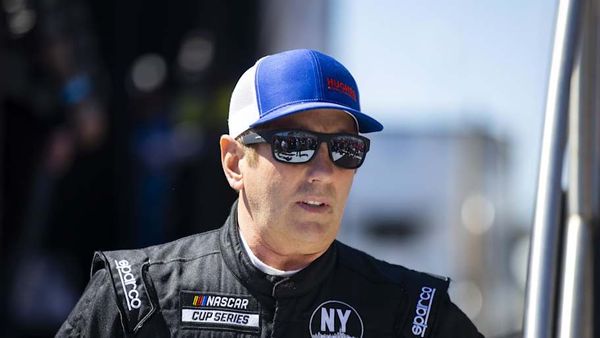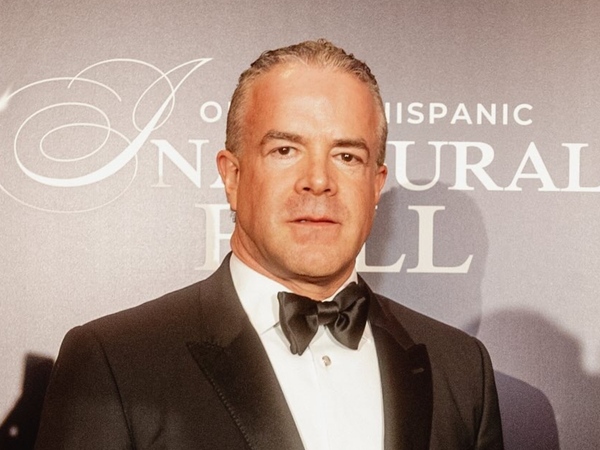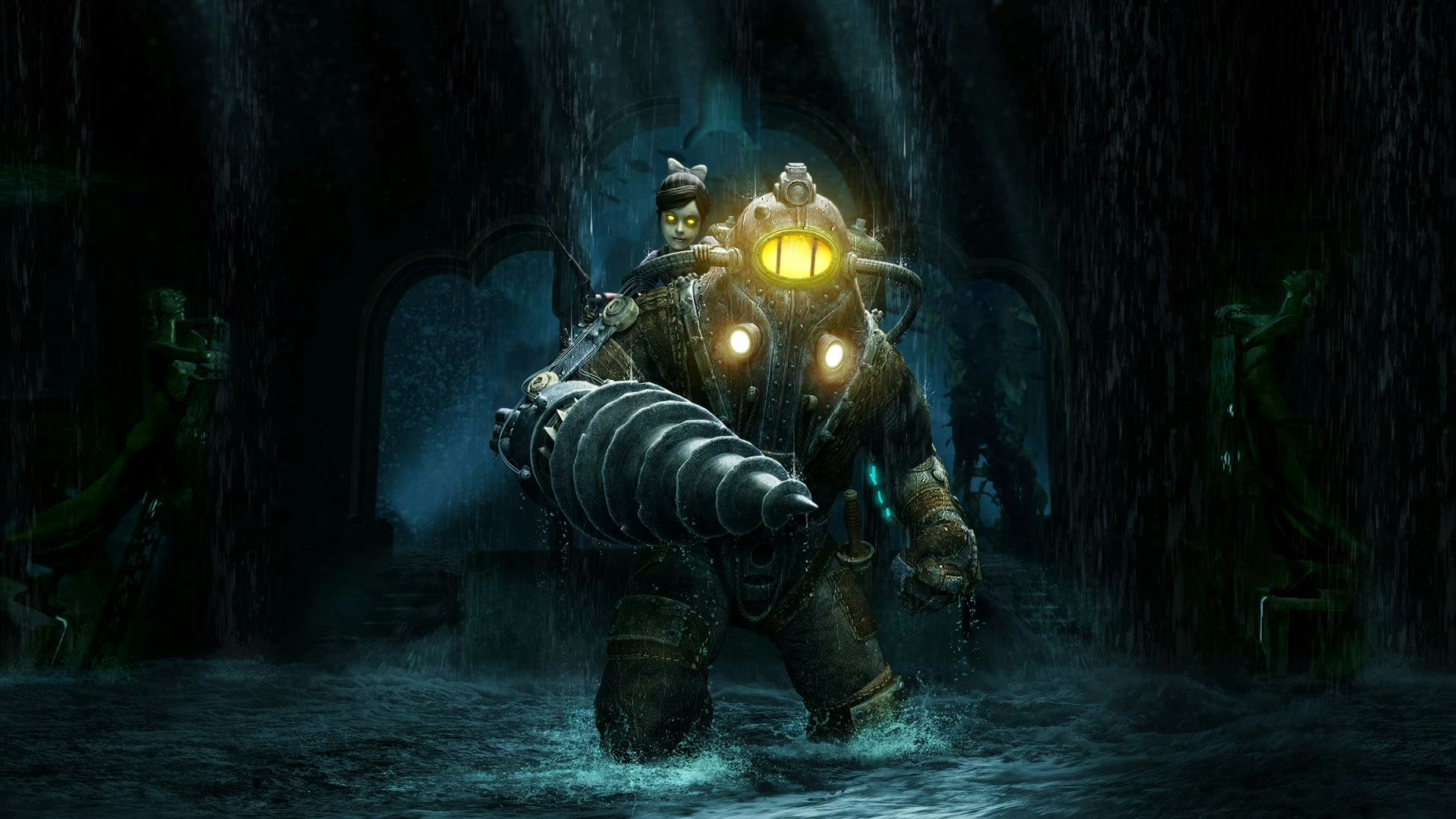
Bioshock 2 is a game that probably didn’t need to exist. Its inception was the result of cynical corporate mandates; an executive decision made in hopes of quickly capitalizing on the success of one of gaming’s most important works.
And yet, despite demands from its publisher to make Bioshock the next Call of Duty, it managed to rise to the occasion as both a fun and worthy successor to the RPG/first-person-shooter hybrid and probably the strongest narrative entry in the trilogy.
Bioshock 2 puts players in the large pressurized boots of a Big Daddy named Subject Delta. Separated from his Little Sister Eleanor and left for dead by psychiatrist Dr. Sofia Lamb a decade earlier, Delta wakes up from a coma well after the total collapse of Andrew Ryan’s underwater utopia.
Delta is told by those who hope to save what’s left of the city that Eleanor is Sofia’s daughter and, as a protector of Little Sisters, his only chance at survival. In Andrew Ryan’s failure, Dr. Lamb has since filled the power vacuum and has plans to carry out a nefarious experiment she believes will transform her daughter into the ultimate empathetic leader this crumbling society needs. It’s up to Delta to track down Lamb and save her daughter from certain doom.
From the SparkNotes explanation, Bioshock 2 sounds like the bombastic blockbuster sequel you’d expect from games. It was a far cry from its original pitch. Jordan Thomas, the creative director of Bioshock 2 told Vice in 2016 that his original pitch was way different: a stripped-down, Silent Hill 2-style horror game that had players return to Rapture as a freed (and traumatized) Little Sister.
According to Thomas however, there was an edict from 2K to turn Bioshock into “a big-shooter franchise like Gears or Call of Duty.” Befuddled by the demand, Thomas and the rest of the 2K Marin team acquiesced. From a gameplay standpoint, the game did everything a less experimental sequel should. Players could use the iconic Big Daddy drill that appeared in Bioshock’s original E3 trailer. They could dual-wield plasmids with guns and had more options than ever during combat sections. The game’s original release even included a multiplayer mode (which, miraculously, wasn’t that bad).
Bioshock 2 also had its fair share of ideas on expanding the first game’s cool setting. Big Sisters, the new superpowered big bad, dialed up the intensity on the second trip back. Through tapes, we’d even get more insight into the mind of Rapture’s visionary Andrew Ryan.
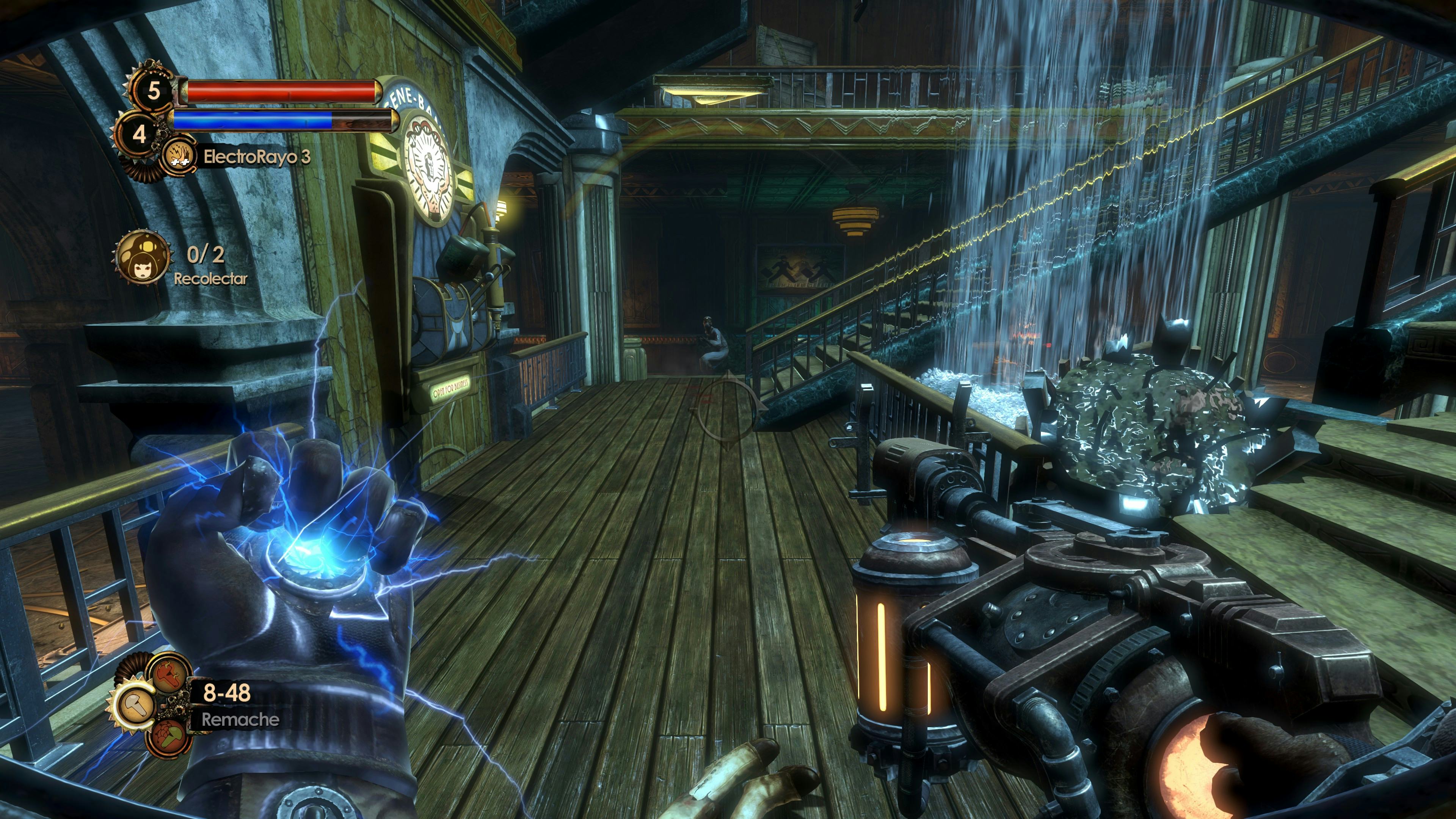
But wisely, where it mattered most, 2K Marin shows an unusual amount of restraint for a big-budget 2010 video game sequel. It avoided lifting the veil on the original’s mystique. It even avoided overexplaining what came before it. Instead, it expands on what the original did well in more subtle ways.
Spoiler alert: Bioshock 2 doesn’t bother replicating the big twist of the original. Instead, 2K Marin was much more interested in following up on the first game’s thought-provoking backdrop which is so frequently overshadowed. The sequel takes the first game and flips it on its head by looking at the inverse of the philosophies presented and scrutinized in the original.
While BioShock dissects the realities of a totally free, Ayn Randian society, BioShock 2 takes a look at how the opposite end of the spectrum fares. What happens when a well-meaning (and ultimately scorned) leader gets ample opportunity to correct the wrongs of Ryan’s failures? Is a more empathetic path the answer if it means doing so by fairly awful means? Is the goal of a collectivist utopia that considers everyone’s biases, faults, and strengths even attainable?
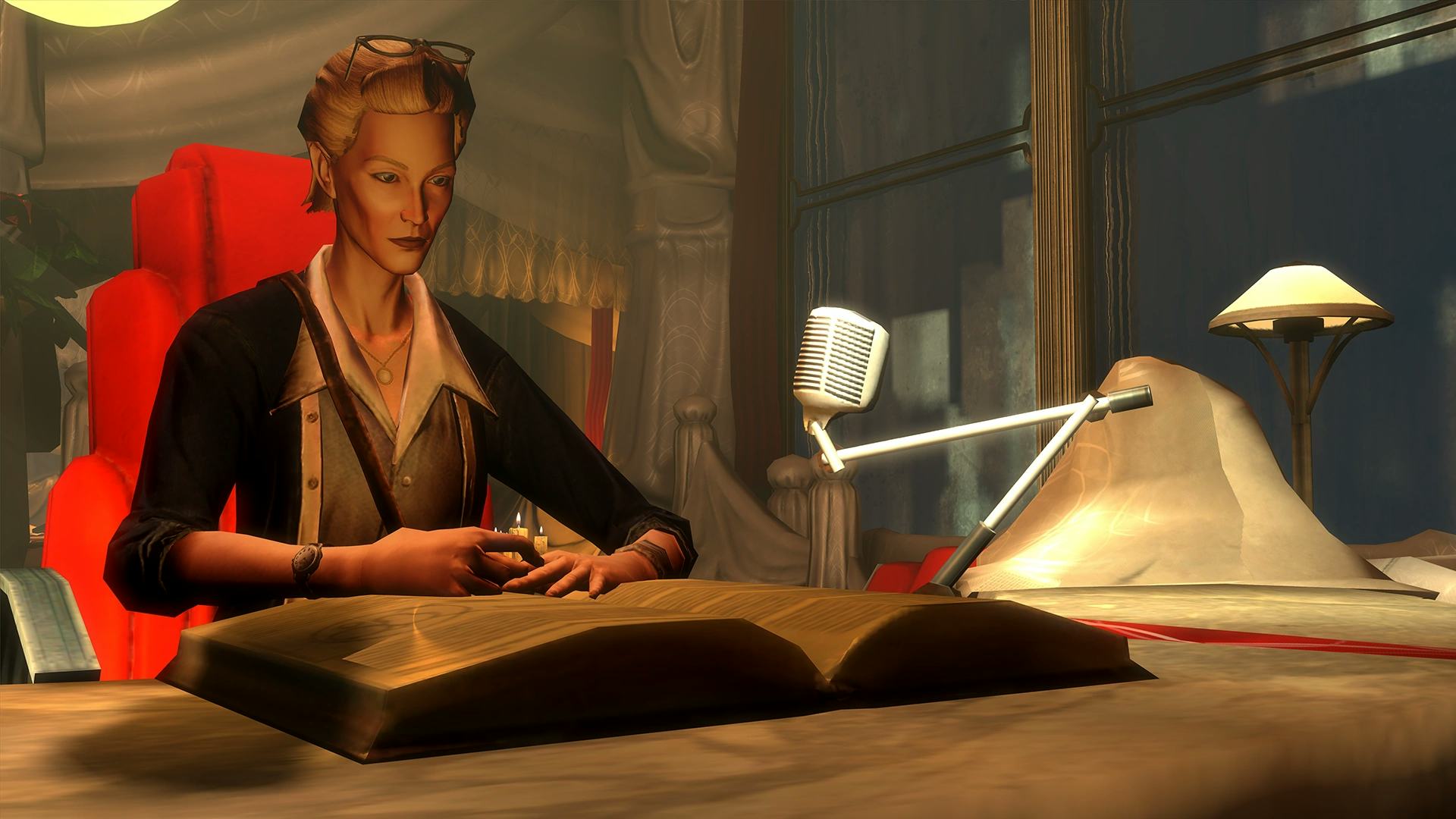
This is no discredit to the legacy of the original Bioshock. But Bioshock 2 deserved credit for not just being more Bioshock. It gave players another interesting and nuanced quandary at the core of the trilogy. It’s a look at how even under the most selfless intentions, power will still corrupt. Bioshock 2’s narrative does have its pitfalls. Lamb’s character does veer into total madness, muddying how the game presents these nuanced ideas. Unfortunately, as is the case with a lot of big-budget games, you take the good with the not-so-good.
It is often the forgotten entry in the series. But Bioshock 2 is a gold standard of sequels. It not only improved the original from a gameplay standpoint, but it also pulled the established narrative in an interesting and bold direction, firmly establishing the series as more than just a twist ending and some cool powers.
Bioshock 2 is a game that probably shouldn’t have existed. And as a result, it's probably the least fondly remembered of this seminal video game trilogy. But the legacy of the series is better and more well-rounded for it.


